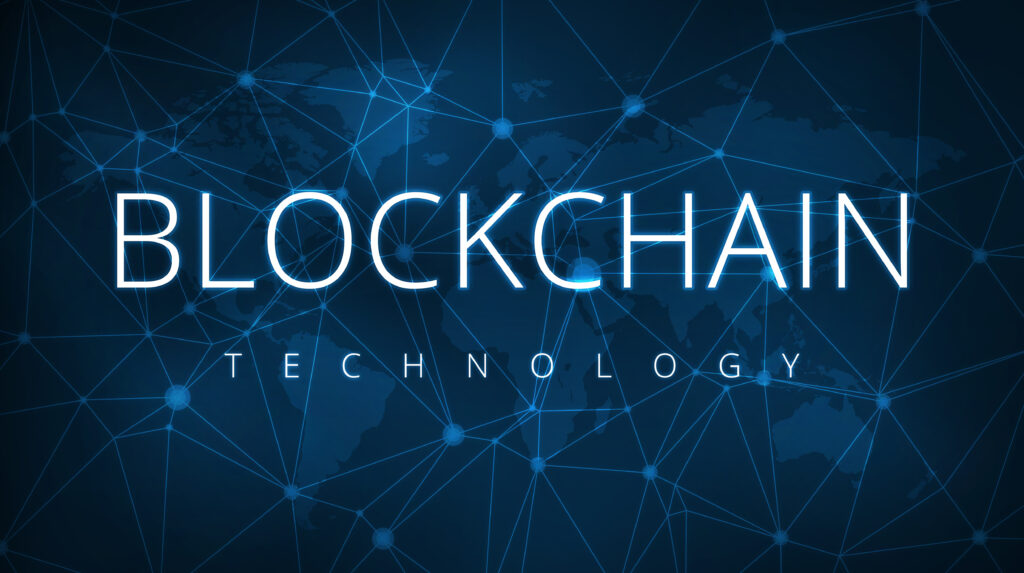




Let’s start at the beginning – What is Blockchain?
Many in the Blockchain community identify the founding father as Satoshi Nakomota. However, the concept has been around since 1991. It was first coined in a paper by researchers Stuart Haber and W. Scott Stornetta called “How to Timestamp a Digital Document.”
Here are the basics behind Blockchain. A given blockchain is a record that anyone can add to, that nobody can change, and that isn’t controlled by any one person or entity. Imagine reconciling your bank account (pre-digital era)… The core concept is a public ledger with copies spread out among multiple locations called nodes, which usually refer to individual computers with copies of the ledger.
This is why people refer to blockchain as decentralized. No one person or entity has control of the information that is held in the record. Instead, it’s distributed among the many nodes, which constitute the network.
In order to change the ledger, those changes must first be verified by everyone on the network. As long as all copies of the record match, the system knows it can update the information. This increases the difficulty of changing anything stored within the blockchain while building trust in the information that’s recorded. The essence of blockchain is to allow people (or users) who lack trust in one another to share important data in a secure, tamperproof fashion.
Blockchain’s decentralized nature also means there’s no single point of failure that could take down the entire database. Compare this to a large server that hosts data for multiple companies in a server farm, or similar. If the building in which the server resides implodes or is destroyed or goes offline, all data could also be destroyed. However, with blockchain, a copy exists on every computer on the network at the same time, which can keep working even if one or more nodes go offline.
A record is taken any time new information is added to the ledger, which is called a block. Those blocks are strung together to make up a chain of records, hence the name blockchain. Once the data is recorded, it can’t be changed—you just have to keep adding new blocks.
John Bogna from PC Magazine put it best, “The blockchain is sort of like a Google Doc that is distributed among members of a team. Whoever is granted access can add to and edit the document. Everyone can also see changes made in real time, who made those changes, and a history of all the changes made for full transparency. The major difference is that data is not stored on Google’s servers. Each contributor has their own local copy that can communicate directly with the other copies.”
Any system, process or operation that requires transactions or data points to be recorded can use a blockchain to do it. A few non-cryptocurrency systems include a manufacturer’s supply chain, healthcare and food safety. Any type of data can be stored in a blockchain, including financial transactions. Mitchell Clark, form The Verge, explained how he created one that stored the entire text of The Great Gatsby in every block.
Part of the beauty of blockchain is that information is stored as a chunk of data as opposed to tables found in traditional databases. Since data is stored in this linear fashion and comes timestamped, blockchain data can form a timeline of transactions as well as a trusted record.
Imagine using blockchain for things like property titles or IP patents or trademarks. If used appropriately, like the country of Georgia, blockchain-based land titling systems can track records of each owner to reduce inconsistencies, which will make it significantly harder to create a false record of owernship.

(Credit: N. Hanacek/NIST)
One of blockchain’s biggest benefits is that it can act as a safeguard against data / system manipulation as well as system failure. If one node on a network gets hacked and someone changes or deletes transaction data on that computer, the other nodes on the network will reject the corrupted record because it doesn’t match their copies of the ledger.
Similar to a Google Doc, privacy and security can be enhanced by limiting who has access to the data. Private blockchains, like the ones IBM uses, only give certain people access to the blockchain network.
Since data written to the blockchain is timestamped, it provides a transparent record of everything added to the system. Anyone with a node on the network can see every transaction, brilliant right? Blockchain explorer programs let even people who aren’t part of the network see transaction data in real time to increase transparency. So, even if someone stole your Bitcoin, you could trace how it was spent and see where it went.
Using blockchain technology helps prevent duplicate records and renders third-party validation unnecessary, saving both time and effort. Most importantly, this provides a solution to digital currency’s unique issue of double-spending.
While the security of blockchain technology is pretty robust, there are ways it can be circumvented. Should someone steal the security credentials of a person with access to the network, they could steal data or digital cryptocurrency like Bitcoin.
If a bad actor gains access to more than 51% of the nodes on a network and changes the data, that data set becomes the agreed-upon version of the record, even if it isn’t true. A 51% attack sounds bad, but it is very difficult to accomplish on blockchains with higher levels of complexity and large user bases. The blockchain that Bitcoin is built on, for example, is so large now that it would take an immense amount of money and computing power to attempt such an attack.